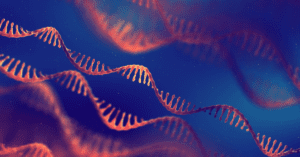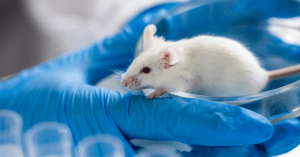
Snapshot: What is Alternative Splicing?
To function properly, our body depends on many essential processes that are moderated by molecules created within us. Creating these crucial molecules, also called proteins, involves multiple steps and precursor molecules (Figure 1). In the first step, the DNA, which serves as the reference blueprint and contains the vital information Read More…

















